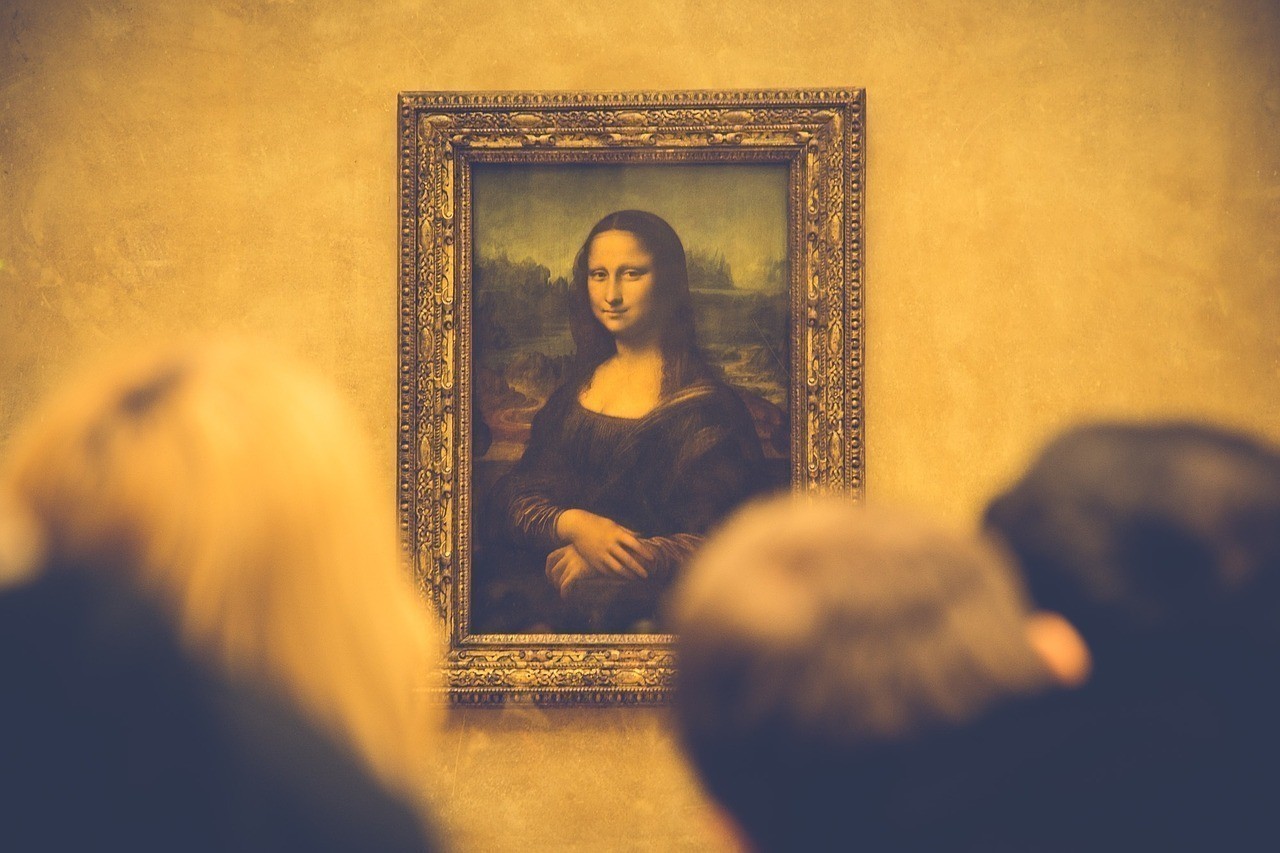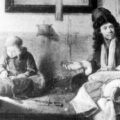Here is a beautiful video by Art Historian Dr. Raichel Le Goff, who presents a slideshow of portraits from Pisanello to Freud in about 4 minutes.The video starts with the individual paintings featuring “the profile” in the 1400s, like the works by Pisanello.Then, in the 1500s, the sitters start turning towards the viewer, for example in the artworks of Antonello da Messina.The evolution is quick, with portraits expanding to include the head and chest like many ancient marble statues. Eventually, even the background is no longer plain and tells a story, like in Leonardo da Vinci’s Mona Lisa.In northern Italy, Giovanni Battista Moroni asks his “sitters” to stand up. The full-length portraits help to give an idea of the importance and status of the person that is being painted, especially if he or she has props. For example, take a look at Titian’s painting of King Philip II of Spain (circa 1551).In the 1600s, portraits do not only represent people of a certain status, but also ordinary people such as Vermeer’s Milkmaid (1658). They also go beyond physical appearance, with allegorical portraits representing a mythical figure or virtue, as is Anthony van Dyck’s painting of Countess Rachel de Ruvigny as Fortune (1639).The video ends with a few of the best portraits in the following centuries… Enjoy!
https://vimeo.com/98529863
Painting and Drawing Courses in Italy
Would you like to join a Painting Course in Italy? Perhaps you would enjoy learning the Art of Fresco with lessons in Florence? Another popular option for art lovers is the Drawing Course. All courses are practical and hands-on, and take place in an authentic bottega (workshop) where a master artisan teaches and shares the secrets and skills of the ancient arts. Discover Italy and study its arts with Studiainitalia!





